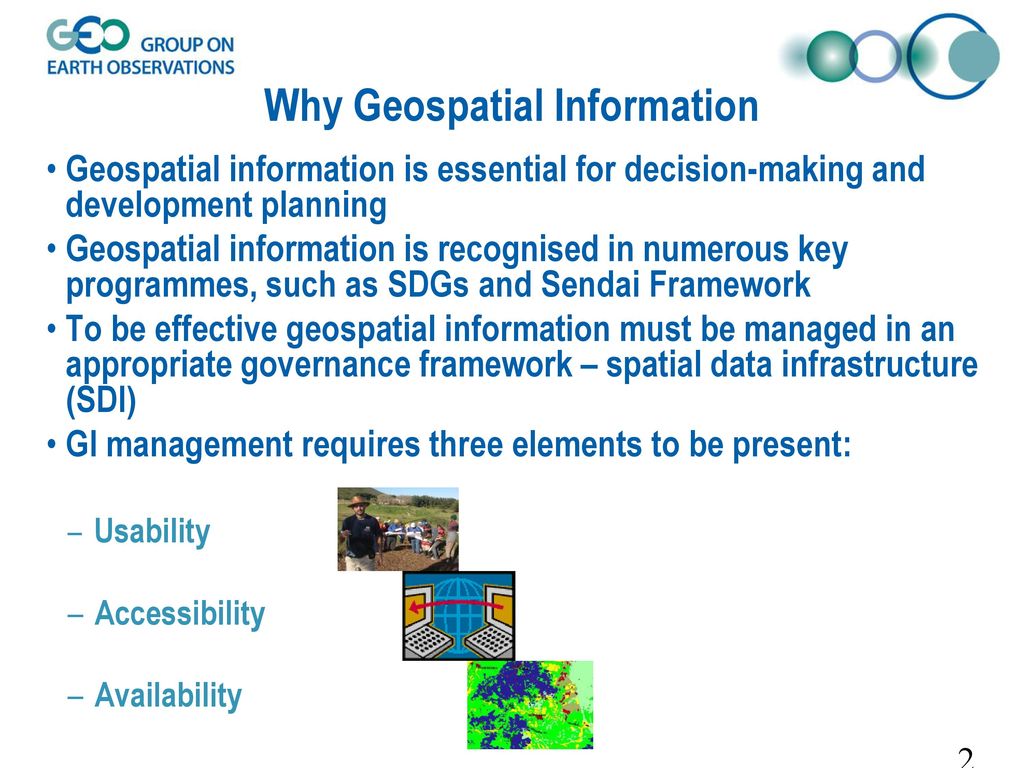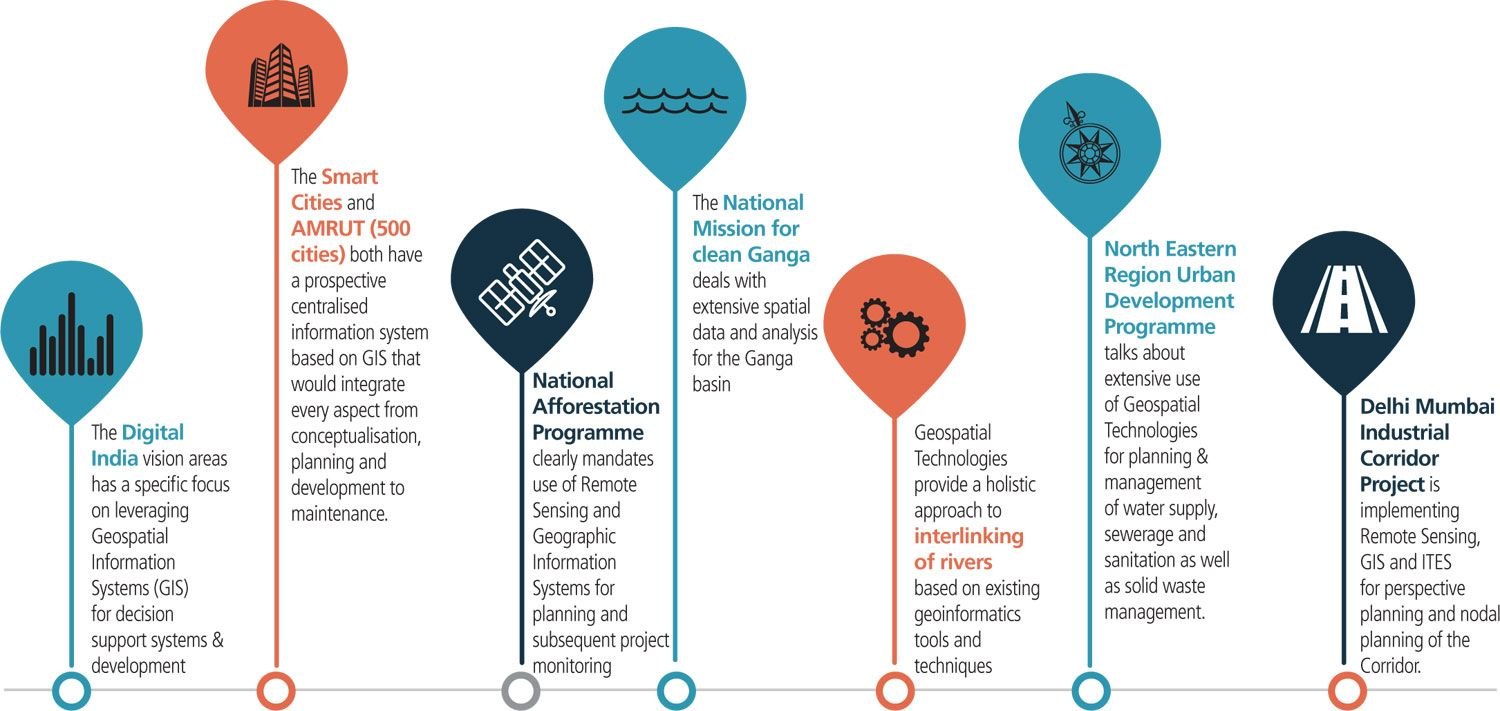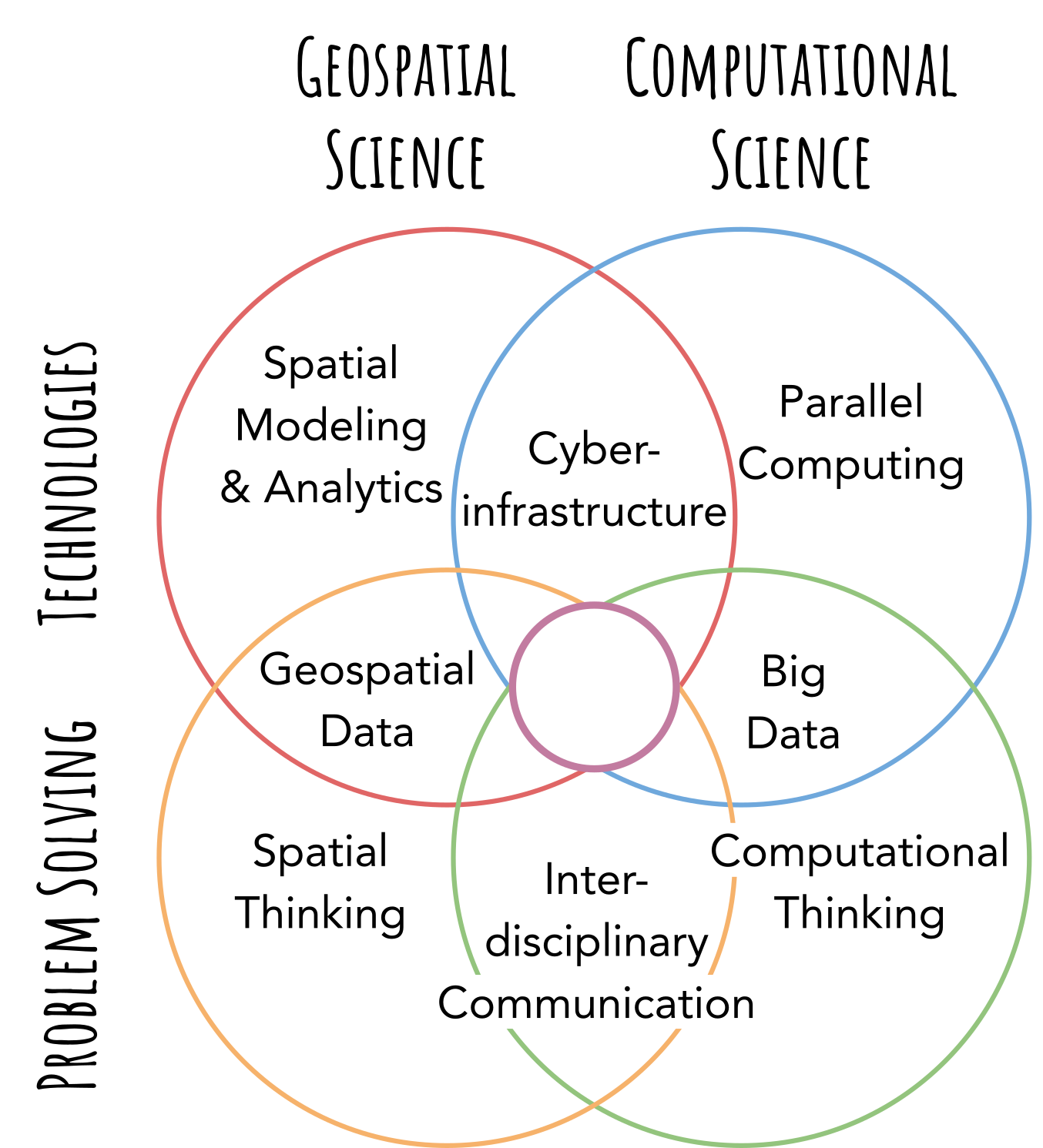Geospatial techniques have become integral in solving some of the world’s most complex challenges. From urban planning and agriculture to disaster management and environmental conservation, these technologies allow us to collect, analyze, and visualize spatial data in ways that have revolutionized how industries and governments make decisions. Geospatial techniques like GPS (Global Positioning System), GIS (Geographic Information Systems), and remote sensing are not just about creating maps; they offer powerful insights that influence how we interact with our surroundings.
In today’s data-driven world, geospatial techniques are critical for understanding relationships between locations, environments, and people.
Defining Geospatial Techniques
Before diving into why geospatial techniques are so important, it’s essential to understand what they actually entail. In simple terms, geospatial techniques refer to the various technologies used to collect, process, and interpret data related to the Earth’s surface. These techniques enable the gathering of location-specific information that can be analyzed for a wide range of purposes.
Geospatial techniques typically involve three core components:
- Global Positioning System (GPS) – Used for determining the exact location of objects or places on Earth.
- Geographic Information System (GIS) – A system designed to capture, store, manipulate, and visualize geographic data.
- Remote Sensing – The process of collecting data about the Earth from satellites, drones, or aircraft.
These techniques are not only used in scientific fields but have also entered everyday applications, from navigating with Google Maps to using location-based apps.
Key Types of Geospatial Techniques
Global Positioning System (GPS):
GPS technology is widely known for its role in navigation, allowing users to pinpoint their exact location anywhere on Earth. It works by communicating with a network of satellites to triangulate the position of a GPS-enabled device. Beyond everyday use, GPS has extensive applications in fields like surveying, transportation, and military operations.
For example, logistics companies use GPS to track shipments in real time, improving the efficiency of supply chains. Similarly, governments use GPS for national security and surveillance purposes.
Geographic Information System (GIS):
GIS is a powerful tool for mapping and analyzing spatial data. It integrates hardware, software, and data to manage and display geographical information in a way that helps users see patterns, trends, and relationships. GIS is used in a variety of sectors, from urban planning and land use management to environmental protection.
A notable use case of GIS is in disaster management. When natural disasters like hurricanes or earthquakes strike, GIS maps are used to identify affected areas, plan evacuation routes, and allocate emergency resources.
Remote Sensing:
Remote sensing involves the use of satellites or aircraft to capture images of the Earth’s surface, which are then analyzed to monitor changes over time. This technique is invaluable for environmental monitoring, agriculture, and land use management.
For instance, remote sensing is used in precision agriculture to monitor crop health, soil conditions, and water usage. By analyzing this data, farmers can make informed decisions to optimize productivity and sustainability.
Geospatial techniques encompass a broad range of tools and methods that allow us to gather and interpret spatial data. Whether through GPS for precise location tracking, GIS for spatial analysis, or remote sensing for environmental monitoring, these technologies provide a foundation for making informed decisions about our world.

Why Are Geospatial Techniques Important?
The Growing Importance of Geospatial Techniques in a Digital World
In today’s rapidly evolving technological landscape, the importance of geospatial techniques cannot be overstated. The ability to capture, analyze, and visualize spatial data has transformed decision-making across various industries, providing insights that are more accurate, timely, and actionable. As digital transformation continues to influence the way organizations operate, geospatial techniques are becoming increasingly essential for managing resources, optimizing operations, and addressing global challenges.
One of the key reasons why geospatial techniques are important is their role in improving decision-making processes. By visualizing spatial data, stakeholders can understand geographic patterns and relationships that are not immediately evident through traditional data sets. For example, urban planners can use GIS to simulate the effects of new infrastructure projects on traffic flow and population density, allowing them to make informed choices about resource allocation.
Moreover, geospatial technologies are critical in addressing environmental, social, and economic issues. In areas such as climate change monitoring, disaster response, and sustainable development, geospatial techniques provide the data needed to create long-term solutions. Governments, NGOs, and businesses rely on these tools to gain a deeper understanding of how geographic factors influence societal outcomes.
Real-Time Data Collection and Analysis
One of the most significant advantages of geospatial techniques is the ability to collect real-time data, which is crucial for responding to dynamic situations. GPS, for instance, provides real-time location tracking, which is indispensable in industries like transportation, logistics, and emergency services.
Take disaster management as a case in point. When a natural disaster like a hurricane or wildfire occurs, geospatial techniques enable rapid data collection from satellites and drones, providing real-time imagery of affected areas. Emergency responders can use this information to assess damage, prioritize relief efforts, and plan evacuation routes efficiently. The ability to analyze real-time data ensures that responses are timely and targeted, potentially saving lives and reducing economic losses.
In agriculture, precision farming has benefited immensely from real-time geospatial data. Farmers can monitor crop health, soil moisture levels, and weather conditions in real time using remote sensing and GPS technologies. This enables them to adjust irrigation systems, apply fertilizers more precisely, and ultimately increase yield while reducing environmental impact. By harnessing real-time data, agricultural operations become more efficient and sustainable.
Examples of Industry-Specific Benefits
Here are a few examples of how geospatial techniques provide value across industries:
- Transportation and Logistics: Real-time GPS data is used to track vehicle locations, manage routes, and improve delivery efficiency. Companies can also analyze traffic patterns to reduce delays and lower fuel consumption.
- Public Health: Geospatial techniques are used to track disease outbreaks, such as during the COVID-19 pandemic, where GIS tools were essential for visualizing the spread of the virus and planning vaccine distribution.
- Retail and Marketing: Businesses use geospatial data to analyze customer demographics and location-based behaviors, allowing for more targeted marketing campaigns and strategic placement of new stores.
Geospatial techniques are not limited to large organizations or public institutions; they also impact everyday life. From using a navigation app on your smartphone to receiving location-based services, geospatial technologies are woven into the fabric of our daily routines, making them indispensable tools in both professional and personal contexts.
The growing importance of geospatial techniques in a digital world stems from their ability to provide critical insights through real-time data collection, spatial analysis, and visualization. By enabling smarter, more informed decision-making, these technologies have become a cornerstone of modern operations across industries, proving their immense value and broad applications.

Applications of Geospatial Techniques Across Industries
Applications of Geospatial Techniques in Various Fields
Geospatial techniques play a crucial role across a wide range of industries. By offering detailed spatial data and visualization capabilities, these tools help organizations better understand geographical factors and make more informed decisions. Whether it’s urban planning, agriculture, disaster management, or environmental conservation, the potential for geospatial techniques to optimize processes and solve complex problems is immense.
Urban Planning and Smart Cities
Urban planning is one of the primary beneficiaries of geospatial techniques. As cities grow and become more complex, managing infrastructure and resources efficiently is critical. Geographic Information Systems (GIS) allow urban planners to map current infrastructures, analyze population distribution, and forecast the effects of new projects. This data-driven approach ensures that cities develop in a way that optimizes space and resources while minimizing negative impacts on the environment.
Smart cities are the perfect example of how geospatial techniques enhance urban planning. These cities integrate technology with geospatial data to improve the quality of life for citizens. For example, smart traffic management systems use GIS and GPS data to monitor real-time traffic conditions, optimize traffic flow, and reduce congestion. Furthermore, energy providers can use geospatial data to manage electricity distribution more efficiently, reducing waste and costs.
Agriculture and Precision Farming
The agricultural sector has embraced geospatial techniques, particularly in precision farming, where technology is used to monitor and manage crop production more effectively. Through remote sensing, drones, and GPS, farmers can gather precise information on soil conditions, moisture levels, and crop health. This enables them to apply water, fertilizers, and pesticides in targeted areas, reducing waste and improving overall crop yield.
A case study in the United States’ Corn Belt illustrates how geospatial techniques can transform agriculture. Farmers in this region use satellite imagery to assess plant health and determine optimal planting times, leading to higher yields and reduced environmental impact. The integration of these technologies has resulted in a more sustainable agricultural model, with less water and chemical use.
Environmental Monitoring and Conservation
Geospatial techniques are also essential in environmental monitoring and conservation efforts. Remote sensing allows researchers and conservationists to monitor changes in landscapes, forests, and water bodies over time. This is particularly important in combating deforestation, tracking biodiversity loss, and monitoring climate change.
For instance, the Amazon rainforest, often referred to as the “lungs of the planet,” has been the focus of extensive geospatial analysis. Satellite imagery is used to track deforestation rates and illegal logging activities. These insights provide governments and environmental organizations with the data they need to enforce regulations and protect natural resources.
Furthermore, GIS is used to model and predict the impact of human activity on ecosystems, guiding conservation efforts. For example, wildlife corridors can be mapped using geospatial data to ensure safe migration paths for endangered species.
Disaster Management and Emergency Response
One of the most critical applications of geospatial techniques is in disaster management and emergency response. Whether it’s predicting hurricanes, tracking wildfires, or responding to earthquakes, geospatial data provides essential information for mitigating the impacts of natural disasters.
GIS tools can map high-risk areas, helping authorities prepare evacuation routes and allocate resources in advance. During a disaster, remote sensing and satellite imagery provide real-time updates on affected regions, allowing emergency responders to focus their efforts where they are needed most.
A case study from Hurricane Katrina highlights the importance of geospatial techniques in disaster response. During the hurricane, GIS was used to map flooding areas and coordinate rescue operations. This technology enabled emergency teams to respond faster and more effectively, saving countless lives.
In addition to immediate disaster response, geospatial techniques are also crucial for post-disaster recovery. Damage assessments can be carried out using satellite imagery, helping governments and NGOs prioritize rebuilding efforts and allocate funds where they are needed most.

How Are Geospatial Techniques Used in Everyday Life?
Everyday Applications of Geospatial Techniques
While geospatial techniques have high-value applications across industries like urban planning and disaster management, they are also deeply integrated into our daily lives. From navigation to shopping, geospatial data is behind many of the services and conveniences we use without even realizing it.
Navigation and Transportation
One of the most common uses of geospatial techniques in daily life is through navigation apps like Google Maps, Apple Maps, and Waze. These apps use a combination of GPS and GIS to help users find routes, avoid traffic, and locate destinations in real time. The ability to see your precise location on a map and get turn-by-turn directions is all thanks to geospatial technologies.
Beyond personal navigation, ride-hailing services such as Uber and Grab rely heavily on geospatial data. These companies use GPS to track the location of both riders and drivers, allowing for efficient matching, real-time tracking, and route optimization. Geospatial techniques also help these companies analyze traffic patterns to provide faster, more reliable rides.
In addition to transportation, logistics companies use GPS to monitor the real-time location of goods and shipments. This allows businesses to provide accurate delivery estimates, track parcels as they move through the supply chain, and optimize routes to save time and fuel. The use of geospatial techniques in logistics contributes to smoother, more efficient global trade.
Enhancing Tourism and Travel
The tourism industry is another area where geospatial techniques have had a significant impact. Tourists use location-based services to plan trips, find nearby attractions, and explore cities. Whether you’re looking for the best restaurants in town or nearby historical sites, geospatial data powers the recommendations you receive from travel apps.
Moreover, augmented reality (AR) in tourism is gaining popularity, and it relies on geospatial data to function. For instance, apps that offer virtual tours or real-time information about landmarks use a combination of GPS and AR to provide users with an interactive experience. Travelers can point their phones at a monument and instantly receive historical facts, directions, or details about nearby places of interest.
Geospatial techniques also play a role in travel planning. Airlines, for example, use GIS to optimize flight paths based on weather patterns, air traffic, and fuel efficiency. Tour companies may use spatial data to design eco-friendly routes that minimize environmental impact while maximizing customer satisfaction.
Marketing and Location-Based Services
Many businesses use geospatial data to tailor their marketing efforts and improve customer engagement through location-based services (LBS). Companies can gather data on customer locations and behaviors, allowing them to provide targeted ads, offers, or content based on a user’s current or previous locations. This personalized approach enhances the customer experience while boosting marketing effectiveness.
For example, retail stores use geospatial techniques to determine optimal store locations by analyzing demographic and traffic data. They can also send location-based notifications to customers who are near a store, offering discounts or promotions to entice them inside.
Location-based advertising is another growing trend where businesses use GPS data to target advertisements to specific geographic areas. For instance, a coffee shop might push a special offer to users who are within a 1-mile radius of the shop. These hyper-local marketing strategies are made possible by the power of geospatial techniques.
Fitness and Wellness Tracking
The rise of wearable technology has also brought geospatial techniques into the realm of fitness and wellness. Devices like Fitbit, Garmin, and the Apple Watch use GPS to track users’ movements, helping them monitor their running routes, distances traveled, and overall physical activity. Geospatial data not only allows users to visualize their progress on a map but also provides insights into workout efficiency.
In some cases, geospatial data is combined with health monitoring features, such as tracking sleep patterns, heart rates, or calorie burn, offering users a more holistic view of their wellness journey. These insights motivate users to stay active and make healthier choices by presenting clear, actionable data.
Geospatial techniques are embedded in various aspects of our daily lives, from navigation and shopping to fitness and tourism. They help us interact with the world in a more informed and efficient manner, making life more connected and convenient.
